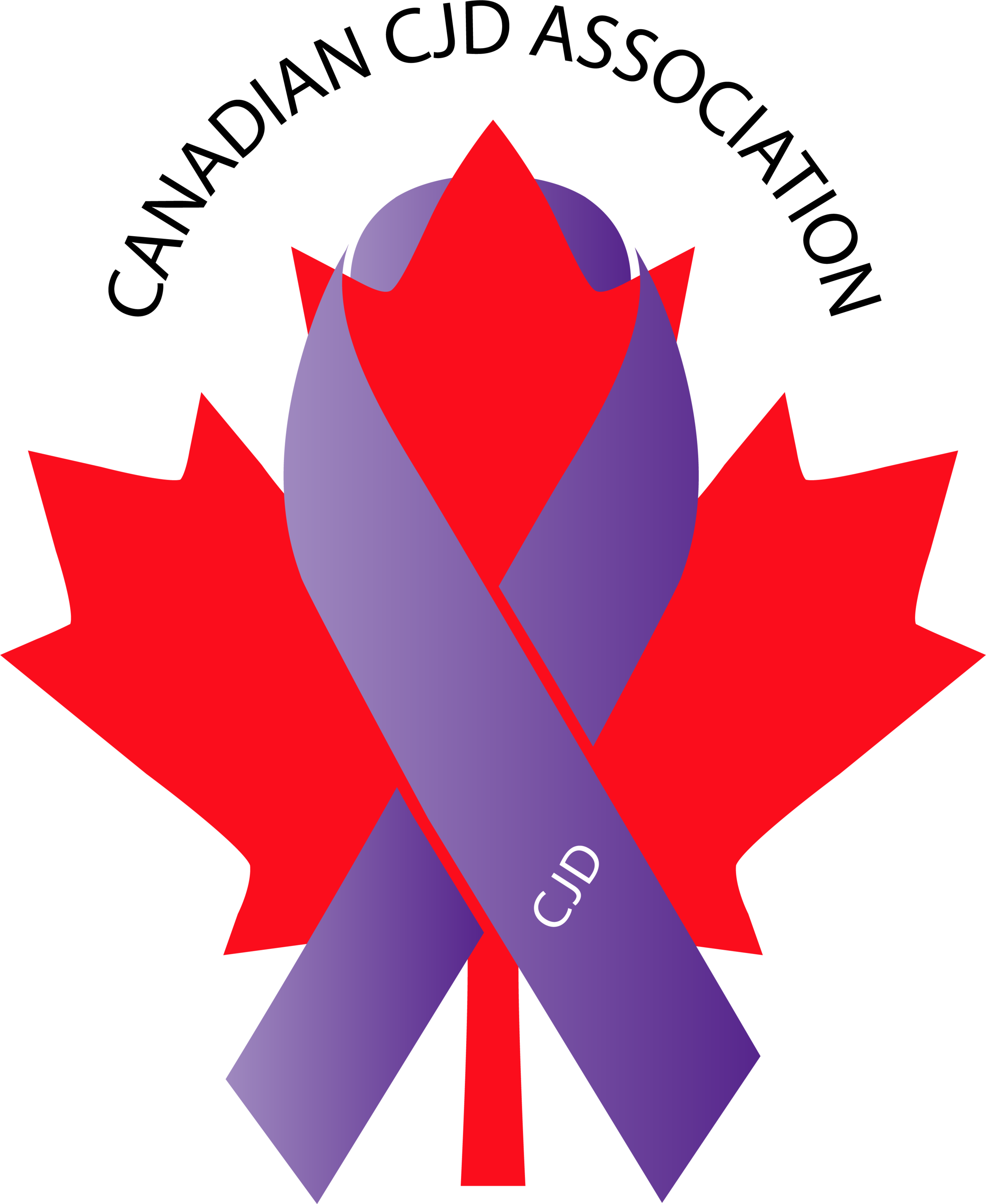About Creutzfeldt-Jakob Disease
Creutzfeldt-Jakob Disease (CJD) is a rare, degenerative, fatal brain disease. It affects approximately one person in every one million per year worldwide. CJD usually appears later in life, with typical onset of symptoms occurring at about the age of 60 – however there are cases which affect individuals much younger. In the early stages of CJD, individuals may have failing memory, behavioural changes, lack of coordination, and visual disturbances. As the illness progresses, mental deterioration becomes pronounced and involuntary movements, blindness, weakness of extremities, and coma may occur.
There are three major categories of CJD:
Sporadic CJD: the most common and accounts for at least 85 percent of cases, this appears even though the person has no known risk factors of the disease.
Genetic CJD: the person affected may have a family history of the disease and test positive for a genetic mutation linked to CJD. About 10 to 15 percent of cases in the U.S are genetic.
Acquired CJD: the disease is transmitted by exposure to brain or nervous system tissue, usually through certain medical procedures.
Since CJD was first described in 1920, there has been no evidence that it is contagious through casual contact. A type of CJD known as variant CJD can be acquired through the consumption of meat from cattle affected by bovine spongiform encephalopathy (BSE) or commonly known as “mad cow disease”.
Due to its rarity, there is currently no known cure or treatment to slow the progression of CJD. Nursing care aims to treat the symptoms and ensure the patient is as comfortable as possible.

